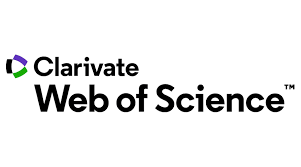Pavlovich Kristina K.,
Candidate of Philology,
Associate Professor of the Russian as a Foreign Language Department
National Research Tomsk State University
e-mail: pavlovitch.cristina@yandex.ru
This article is devoted to the study of the interdisciplinary genre of nature morte (still life), which in the creative heritage of Ivan Goncharov was created by means of an artistic and aesthetic technique of depiction, connected with the traditions of Flemish fine art. The material world in the writer's works is connected with gastronomy. In the book of travel essays “Frigate “Pallada” (1858), nature morte is presented in the form of indirect ekphrasis on the canvases of famous Dutchmen, with an obvious orientation towards thematic types of pictorial nature morte (“fish”, “luxury”, etc.). The key moment of food description isthe principle of native-foreign comparison, which turns out to be an important plot-forming element of the “Russian text” of the book. The Russian patriarchal way of life, recreated on the pages of “Oblomov” (1859), amazes the reader with its abundance, detailed depiction, poeticization of the “ordinary”, an important aesthetic category of the Russian classic. Nature morte in The “Precipice” (1869), the writer’s last novel, turns out to be one of the significant elements of the description of everyday life. In Goncharov’s art, still life becomes an important means of characterization, national characteristics. For the first time in modern literary criticism, the literary and pictorial nature mortecreated by Ivan Goncharov, close to the picturesque images of Flemish artists of the 17th century, becomes the subject of scientific research.
Keywords: Goncharov, depiction, still life, “Frigate “Pallada”
References
1. Volkov N.N. Kompozitsiia v zhivopisi. Moscow, 1978. 408 s.
2. Vipper B.R. Problema i razvitie natiurmorta. St. Petersburg, 2005. 384 s.
3. Elina E.A. Semiotika natiurmorta v literaturno-khudozhestvennom diskurse // Filologicheskie nauki. Voprosy teorii i praktiki. 2014. No. 3-2 (33). S. 75–77.
4. Lotman Yu.M. Stat’i po semiotike kul’tury i iskusstva. St. Petersburg, 2002. S. 340–348.
5. Goncharov I.A. Polnoe sobranie sochinenii i pisem: v 20 t. St. Petersburg: Nauka, 1997. T. 1: Obyknovennaia istoriia. Stikhotvoreniia. Povesti i ocherki. Publitsistika, 1832–1848. 832 s.
6. Gachev G.D. Kosmo-Psikho-Logos. Natsional’nye obrazy mira. Moscow, 2007. 510 s.
7. Goncharov I.A. Polnoe sobranie sochinenii i pisem: v 20 t. St. Petersburg: Nauka, 1997. T. 2. 746 s.
8. Goncharov I.A. Polnoe sobranie sochinenii i pisem: v 20 t. St. Petersburg: Nauka, 1998. T. 4: Oblomov: Roman v chetyrekh chastiakh. 493 s.
9. Goncharov I.A. Polnoe sobranie sochinenii i pisem: v 20 t. St. Petersburg: Nauka, 2004. T. 7: Obryv: Roman v piati chastiakh.772 s.
10. Talalova A.S. Natiurmort v sovremennom mire // Aktual’nye problemy gumanitarnykh i estestvennykh nauk. 2016. No. 7-2. URL: https://cyberleninka.ru/article/n/natyurmort-v-sovremennom-mire (28.05.2024).

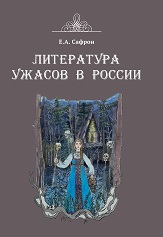
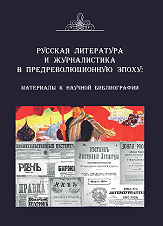
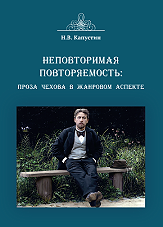
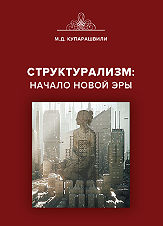
.png)
